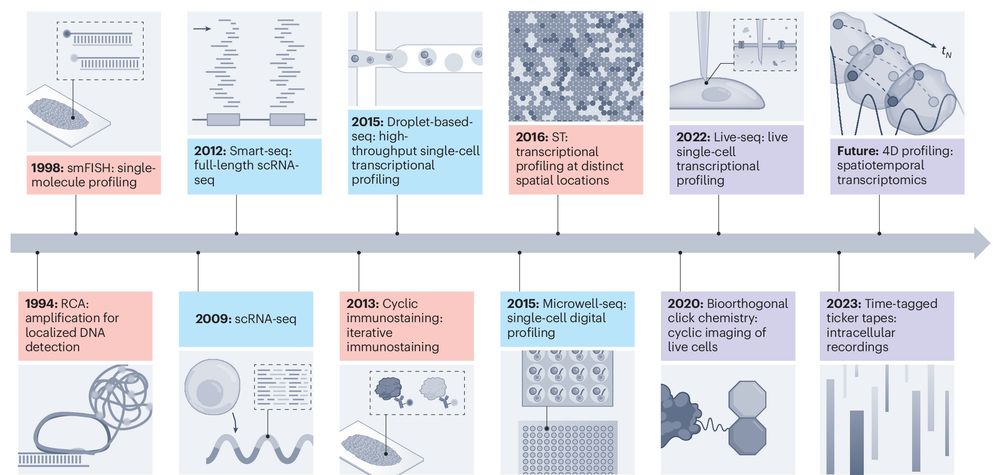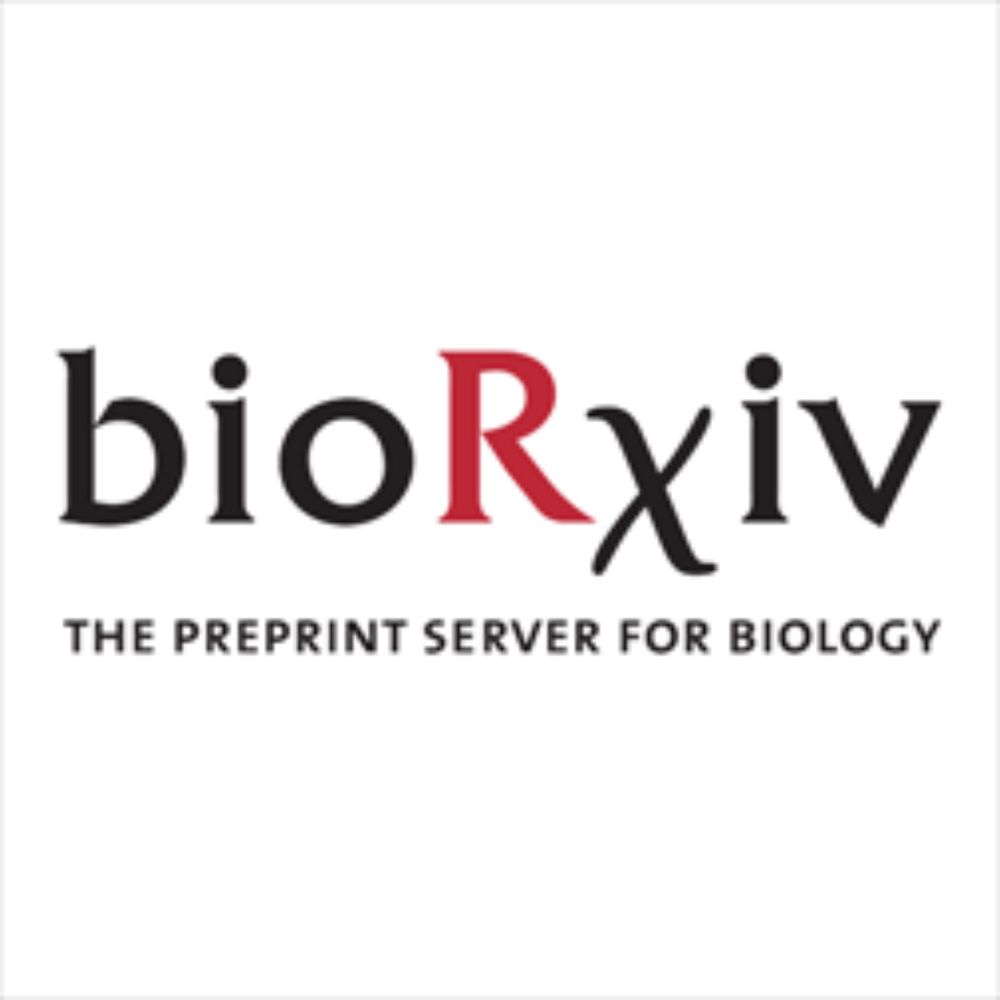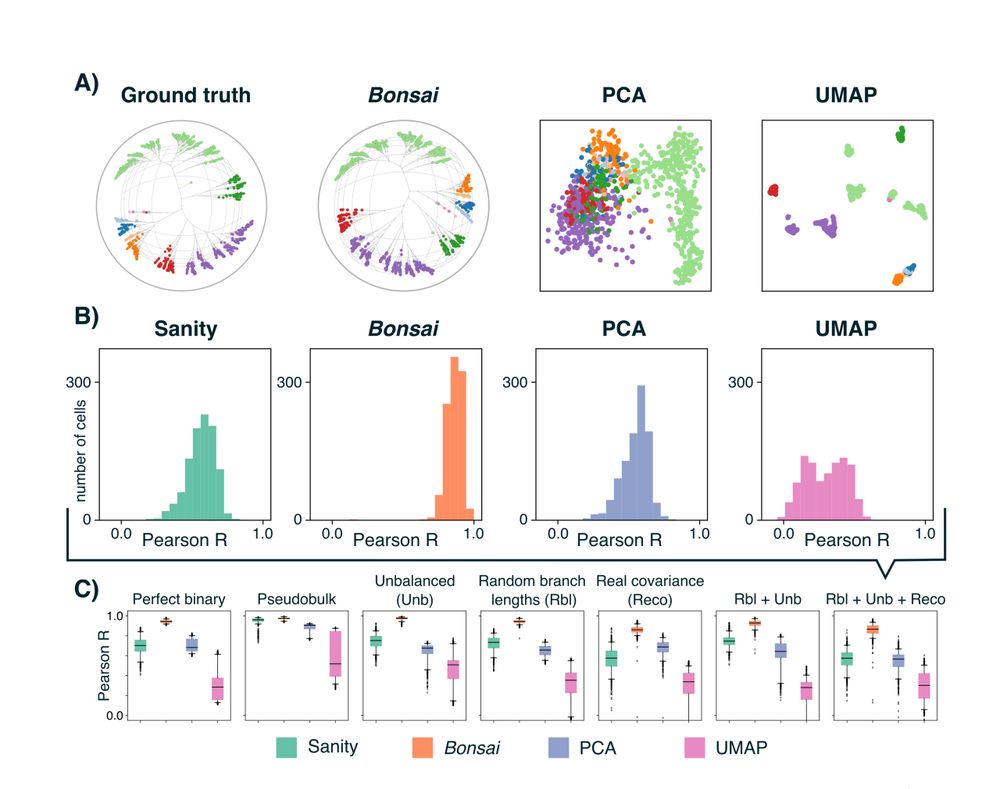Lukas Hatscher
@loggas.bsky.social
69 followers
130 following
25 posts
MD, PhD candidate in Institute of Computational Biomedicine - AG Schapiro, Interested in quantitative tissue analysis 💻
www.github.com/LukasHats
Posts
Media
Videos
Starter Packs
Lukas Hatscher
@loggas.bsky.social
· Jul 16
Reposted by Lukas Hatscher
Marco Varrone
@marcovarrone.bsky.social
· Jul 15
Reposted by Lukas Hatscher
Marco Varrone
@marcovarrone.bsky.social
· Jul 15
Reposted by Lukas Hatscher
Reposted by Lukas Hatscher
Marco Varrone
@marcovarrone.bsky.social
· Jul 15

GitHub - CSOgroup/cellcharter: A Python package for the identification, characterization and comparison of spatial clusters from spatial -omics data.
A Python package for the identification, characterization and comparison of spatial clusters from spatial -omics data. - CSOgroup/cellcharter
github.com
Reposted by Lukas Hatscher
Reposted by Lukas Hatscher
Rob Patro
@robp.bsky.social
· Jun 25

Differential expression analysis with inmoose, the integrated multi-omic open-source environment in Python - BMC Bioinformatics
Background Differential gene expression analysis is a prominent technique for the analysis of biomolecular data to identify genetic features associated with phenotypes. Limma—for microarray data –, an...
bmcbioinformatics.biomedcentral.com
Reposted by Lukas Hatscher
Reposted by Lukas Hatscher
Joshua Bull
@joshuabull.bsky.social
· May 1






